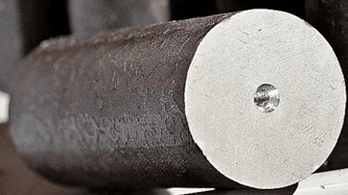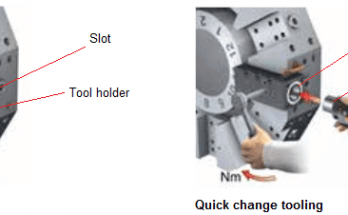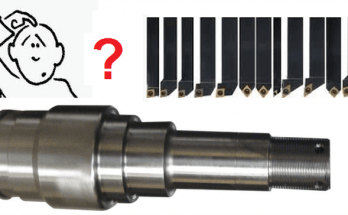Boring bar for lathe – selecting based on L/D ratio
Boring bar for lathe: As the L/D ratio of the bore (and hence the boring bar) increases, vibrations tend to increase. To counter this you can use lower cutting parameters, but beyond a point this strategy becomes unviable because of the increase in cycle time.
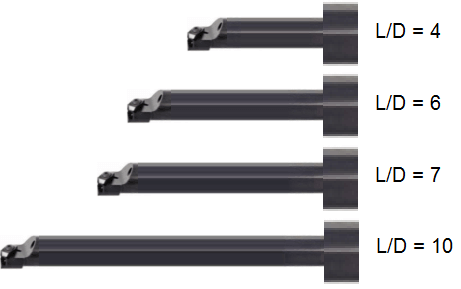
The alternative is to use boring bars that are more resistant to vibrations.
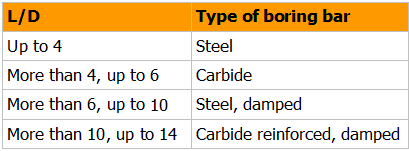
The shank of a normal boring bar is made of hardened steel, but as the L/D ratio increases, you can switch to a material that reduces the vibrations. Like solid Tungsten Carbide bars. The ability to resist deflection increases as the coefficient of elasticity increases, and Tungsten Carbide has 3 times the coefficient of elasticity of steel. There is also carbide reinforced steel, which is a metal matrix composite (MMC). This is steel with Titanium Carbide (TiC) particles embedded in it. A damped boring bar is a hollow bar with a vibration damping mechanism in it.
Pics. and text source for Boring bar for lathe: Cadem NCyclopedia multimedia CNC training software.

Etc
Aloe Vera juice on Marina beach, Chennai
I was jogging on Marina Beach in Chennai one morning recently, and came across a stall selling Aloe Vera juice.




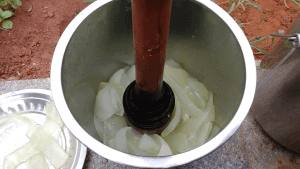
I decided to take a swig, knowing that it was good for something or other, but not knowing exactly what. I only remembered seeing cartons of it in shops, and seeing shampoo, soap, face creams and a bunch of other stuff at home that had aloe vera. The juice is slimy and tastes faintly bitter, not pleasant. To improve its taste, the seller had come up with his own innovation of mixing it with salted buttermilk.
I read later that Cleopatra (Queen of Egypt, 51 BCE – 12 BCE) used aloe gel on her face and body as part of her beauty regimen. I have no idea if that drink of Aloe Vera improved my health in any way, but I guess if it’s good enough for the Queen of Egypt, it’s good enough for me.
